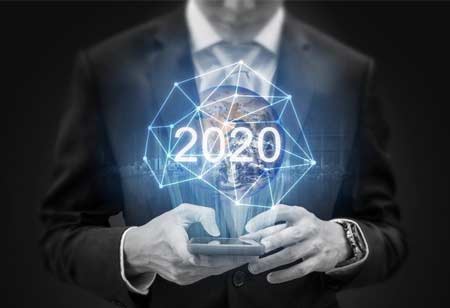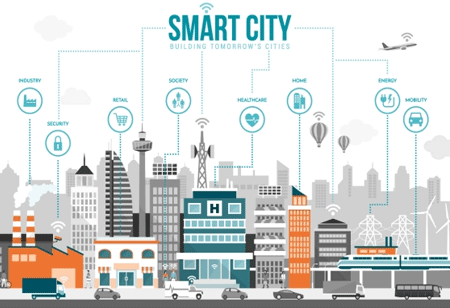THANK YOU FOR SUBSCRIBING
3 XR Trends to Hit Markets in 2020
The global spending on XR technology is expected to increase by 78.5 percent in 2020. Breaking the stereotype that these technologies can only be used for gaming and entertainment, XR now entered into a number of other domains.

By
Apac CIOOutlook | Monday, February 24, 2020
Stay ahead of the industry with exclusive feature stories on the top companies, expert insights and the latest news delivered straight to your inbox. Subscribe today.
The global spending on XR technology is expected to increase by 78.5 percent in 2020. Breaking the stereotype that these technologies can only be used for gaming and entertainment, XR now entered into a number of other domains. Let's have a look at those
Fremont, CA: Virtual and Augmented Reality (AR/VR) - collectively known as extended reality (XR) witnessed substantial growth in the year 2019. The global spending on XR technology is expected to increase by 78.5 percent in 2020. Breaking the stereotype that these technologies can only be used for gaming and entertainment, XR now entered into a number of other domains. To talk individually, virtual reality has been developed to meet design, marketing, training, retail needs, and education. Augmented reality, on the other hand, is a more complex challenge as it requires the software to see what is in front of it.
With huge spending on XR technology, it will be a key trend to watch out for in 2020. A whole set of new and exciting hardware may offer even greater realism, immersion, and diverse innovative use case. Let us look at some of the XR trends likely to hit the market in 2020.
Go beyond Gaming and Entertainment
Almost everyone who have used AR and VR until today, have experienced it only for the gaming and entertainment purposes. These technologies are set to overtake this sole use case and provide a number of consumer solutions across several industries. The 2020 XR Industry Insight report issued by VR Intelligence states that 65 percent of the AR companies, which were surveyed, revealed they are working on industrial applications, while just 37 percent are working on consumer products and software. There is nothing to be surprised with the reports as they are in the line that the gaming industry has boosted productivity and safety using XR technology. VR can simulate dangerous working environments, expensive, and easily damaged tools and equipment, without any risk. On the other hand, AR can be used to relay essential information directly to the user about the things happening in front of them. It drastically reduces the time spent by engineers, maintenance staff, or technicians to refer to manuals and looking for information online while providing service.
Healthcare Adopts XR
XR technology has great potential in the healthcare industry. The year 2020 may witness some trials and pilots getting converted to general use in the hospitals. VR has already been in use for the treatment of patients with phobias and anxiety disorder. By using this technology, doctors may assess physiological reactions like heart rate and perspiration of the patients in a safe ad virtual environment. Autism patients can develop social and communication skills with the help of VR. Besides this, AR has also started leaving its mark in the healthcare sector. It is expected that AR will be adopted more quickly than VR. AR can be used by surgeons while operating a patient to know the risks and hazards associated with the operation, its process, and the patient.
Smaller and Powerful Headsets
The only constraint with the XR technology presently is the lack of cross-functional headsets and display units. VR technology suffers the most as the powerful processing hardware needs to generate graphics, which is usually contained within the headset. However, there are some developments recently where the hardware devices have started to trend as "untethered." The headsets no more require a powerful PC to run on and come with inbuilt software. The headsets will become more mobile, fitted with more powerful processors, thus generating more realistic 'worlds' for the VR user. User experience will reach new heights in the year 2020 with more improved, high-resolution, reality like polygons.
See also: Top Healthcare Startups





